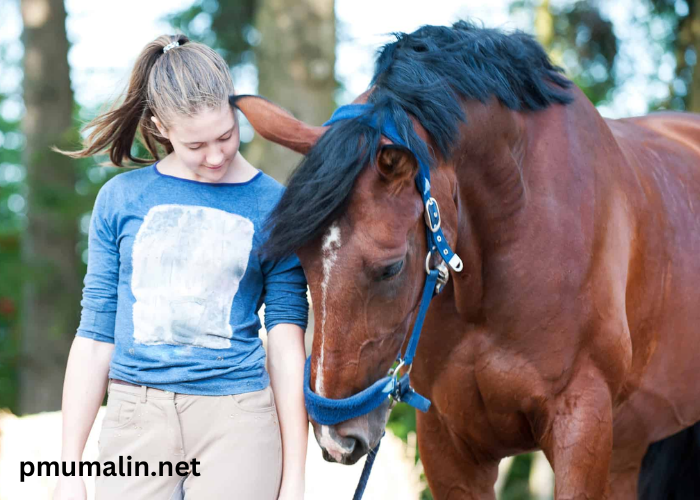Horses have been companions to humans for millennia, serving as vital partners in transportation, agriculture, sport, and recreation. To foster a healthy and productive relationship with these magnificent animals, it is crucial to understand their behavior and natural instincts. Equine behavior is a rich field of study that provides insights into how horses think, communicate, and interact with their environment and each other. Discover a wide range of courses at CasaCourses. From cooking to photography, find the perfect class to enhance your skills and knowledge.
Natural Instincts and Social Structure
Horses are herd animals with a strong social structure. In the wild, they rely on their herd for protection and companionship. The hierarchy within a herd is usually well-defined, with a dominant leader, often an older mare, guiding the group. Understanding this social dynamic is essential when working with domesticated horses, as they naturally seek a clear leader and can become anxious or confused without one.
In a herd, horses communicate through body language, vocalizations, and even subtle cues like ear positions and facial expressions. For instance, pinned-back ears or a swishing tail can signal irritation or aggression, while a relaxed posture indicates contentment. Learning to read these signals can greatly enhance human-horse interactions, making training and handling more effective and humane.
Fight or Flight: The Equine Survival Mechanism
As prey animals, horses have evolved to be highly sensitive to their surroundings. Their primary survival mechanism is the “fight or flight” response, which makes them quick to react to perceived threats. This instinct can sometimes be misunderstood by humans, leading to frustration and mishandling. Recognizing that a horse’s seemingly irrational behavior is often a reaction to fear can help handlers approach situations with greater empathy and patience.
Building trust is key to mitigating a horse’s flight response. Gradual desensitization to new experiences and consistent, calm handling can help a horse feel more secure and less prone to panic. Positive reinforcement techniques, such as rewarding desired behaviors with treats or praise, can also be effective in encouraging cooperation and reducing anxiety.
Learning and Training
Horses are intelligent animals capable of learning a wide range of tasks and behaviors. Their learning process is heavily influenced by their interactions with humans. Consistency, repetition, and positive reinforcement are essential components of effective horse training. Horses respond well to clear, consistent cues and can quickly become confused or stressed if they receive mixed signals.
It’s important to understand that horses do not learn through punishment. Harsh training methods can lead to fear, aggression, and a breakdown in trust. Instead, successful trainers use methods that encourage a horse’s natural curiosity and willingness to cooperate. Clicker training, where a distinct sound is used to mark desired behavior followed by a reward, is one such method that has gained popularity for its effectiveness and humane approach.
Emotional and Physical Well-being
A horse’s behavior is closely linked to its physical and emotional well-being. Pain, illness, or discomfort can manifest as behavioral issues, such as biting, kicking, or refusal to perform certain tasks. Regular veterinary care, proper nutrition, and suitable exercise are essential to maintaining a horse’s health and ensuring they can perform to the best of their abilities.
Moreover, mental stimulation and social interaction are vital for a horse’s emotional health. Horses thrive on routine and the company of other horses. Isolation or lack of mental engagement can lead to boredom and the development of negative behaviors, such as cribbing or weaving. Providing a stimulating environment with opportunities for play and interaction can help prevent such issues.
Conclusion
Understanding equine behavior is fundamental to building a harmonious and productive relationship with horses. By recognizing their natural instincts, social structures, and communication methods, handlers can create a more empathetic and effective approach to training and care. This not only enhances the well-being of the horses but also enriches the human experience of working with these remarkable animals. Through patience, consistency, and a commitment to humane treatment, we can unlock the full potential of our equine partners and ensure their happiness and health.







